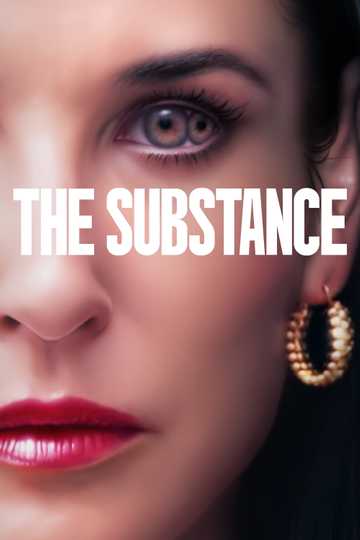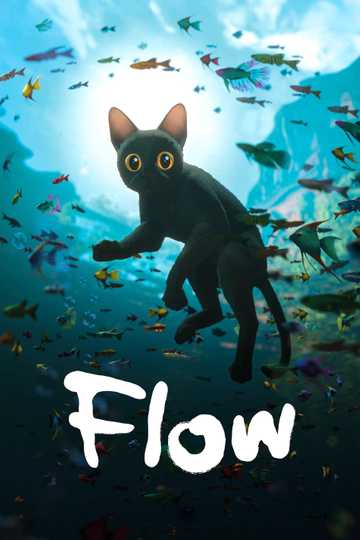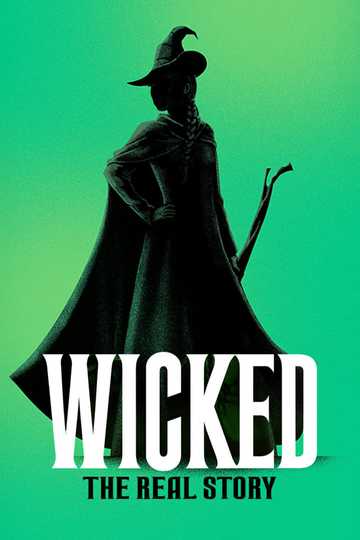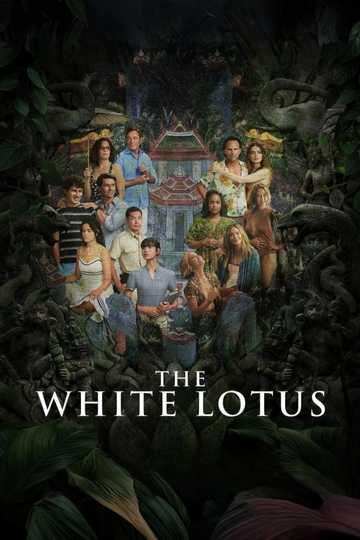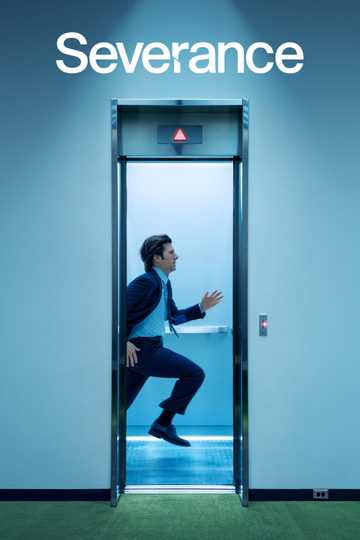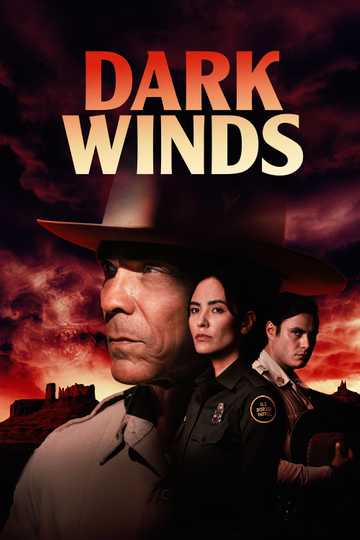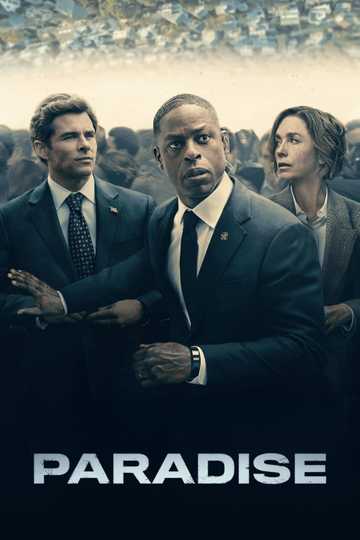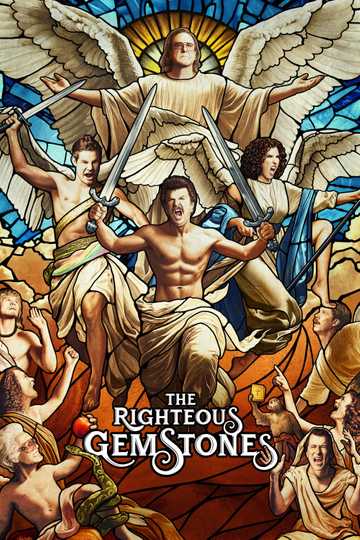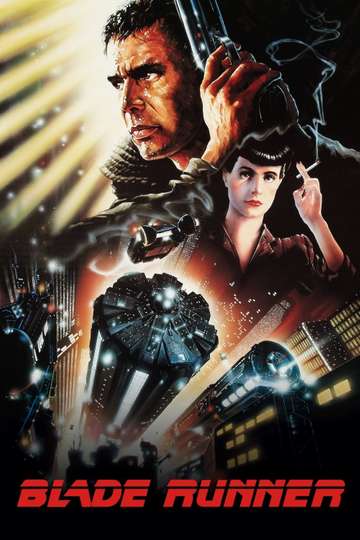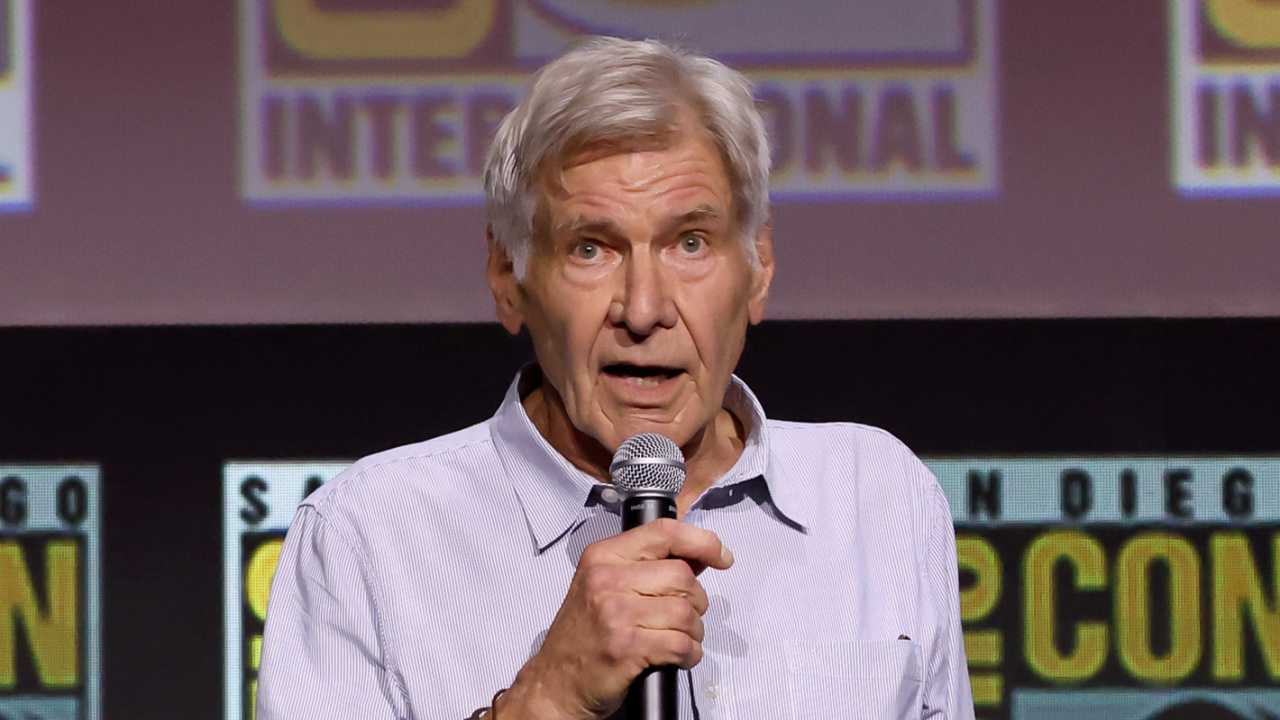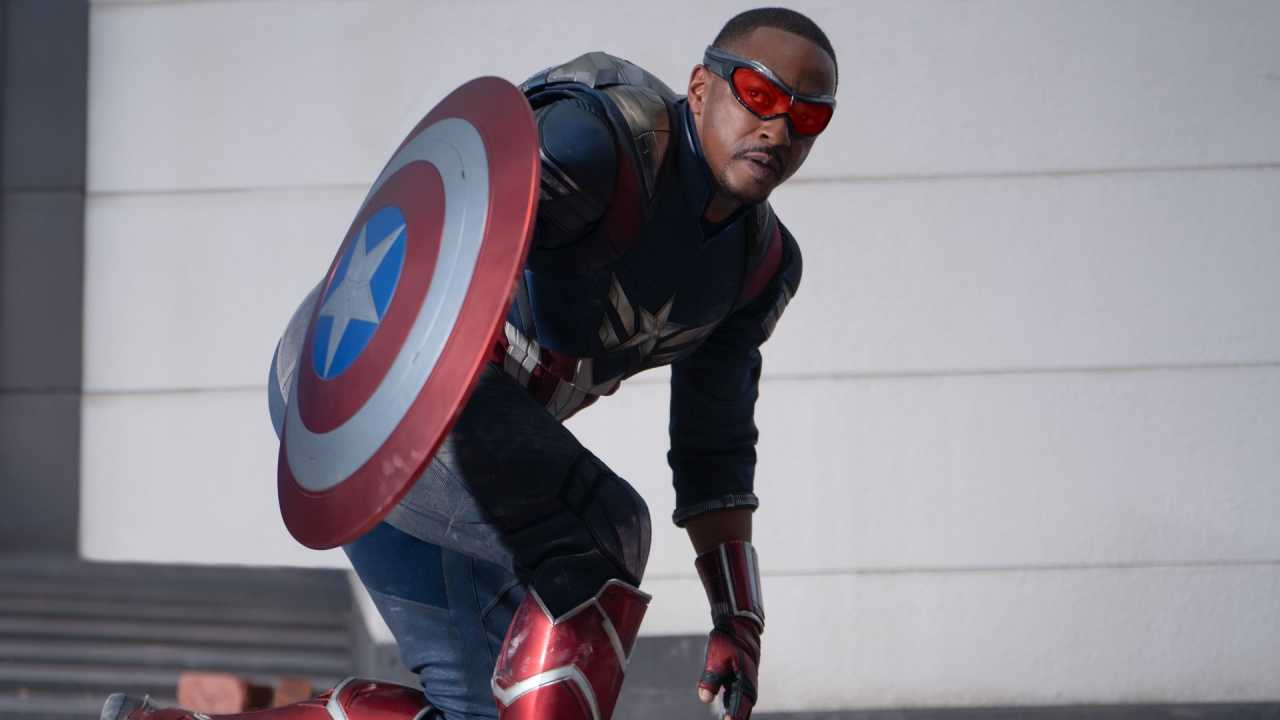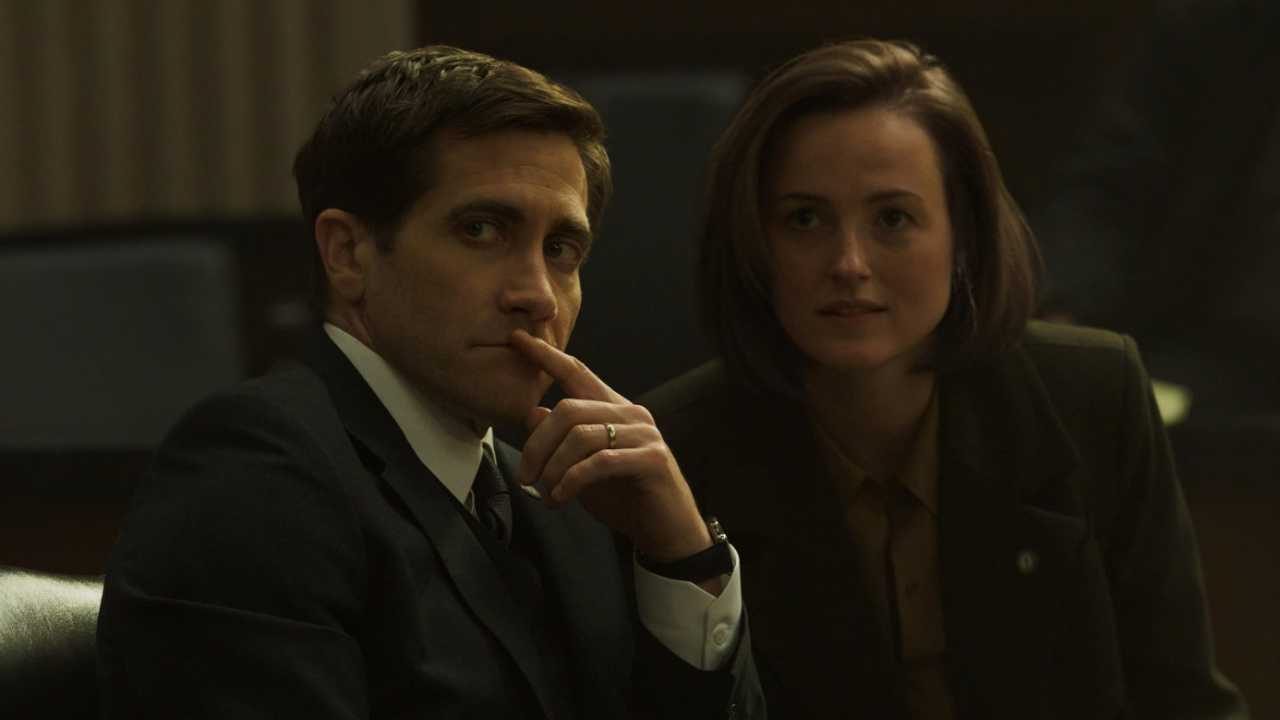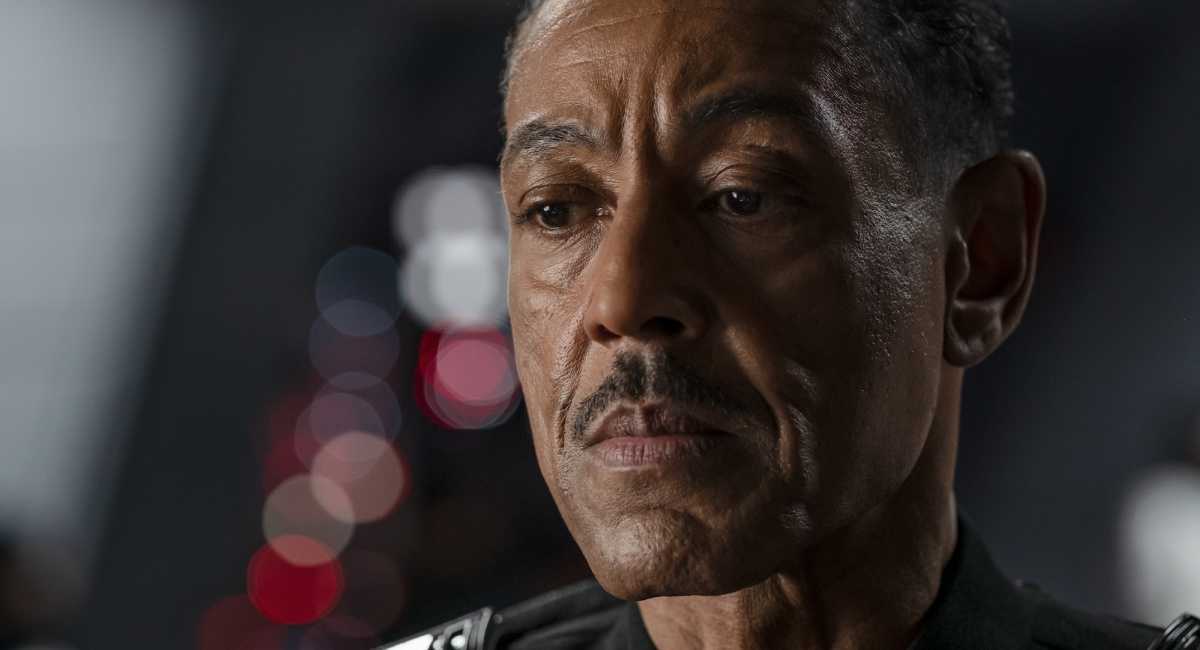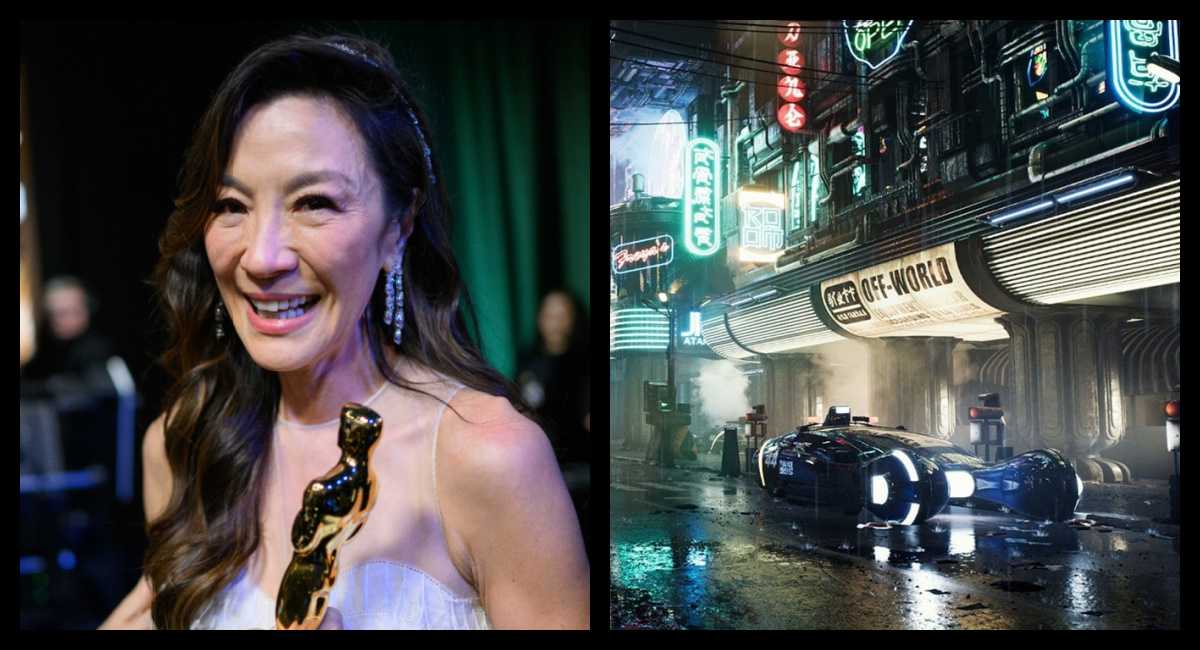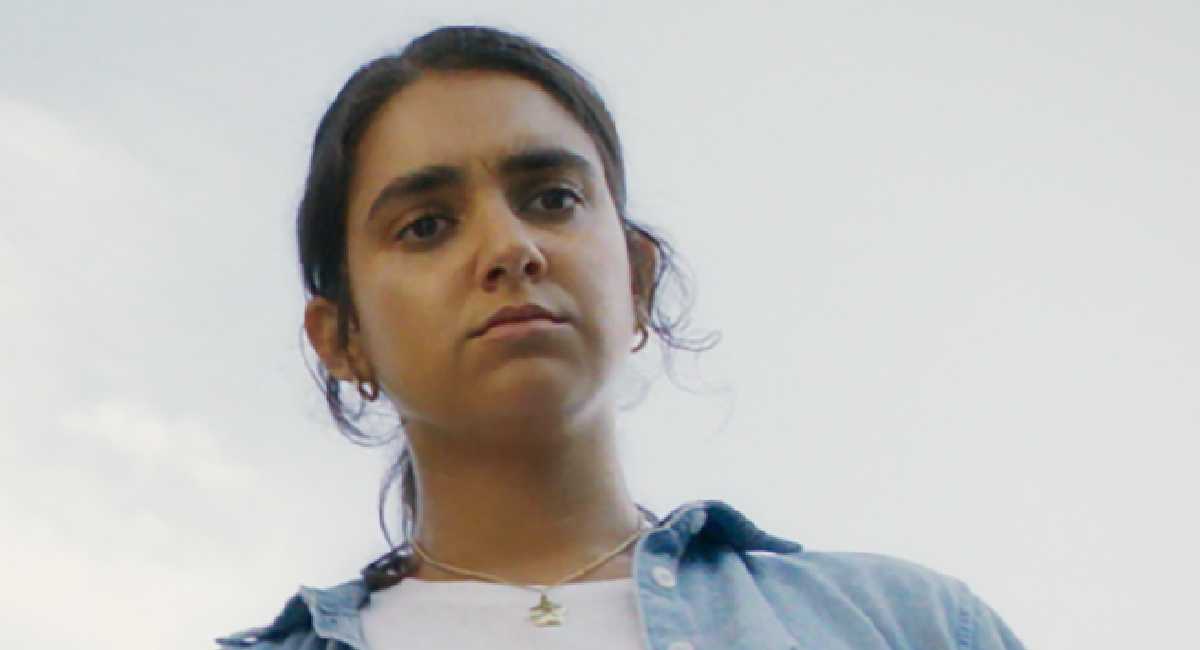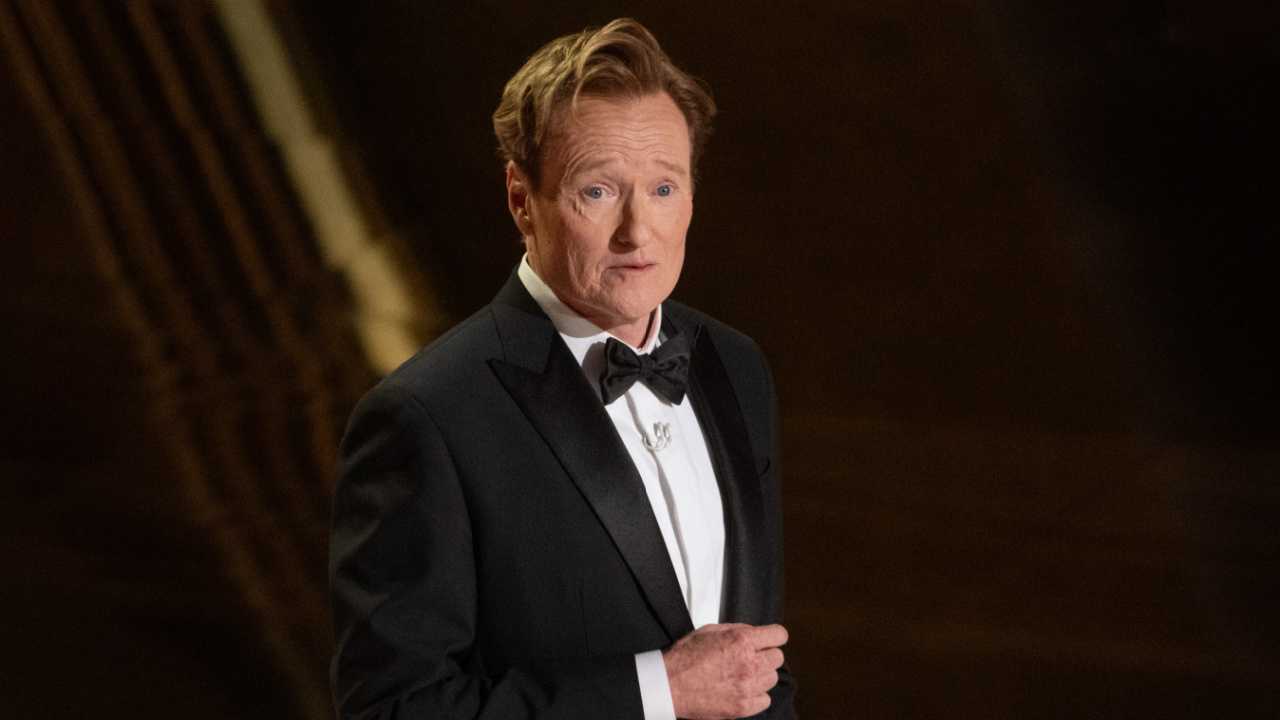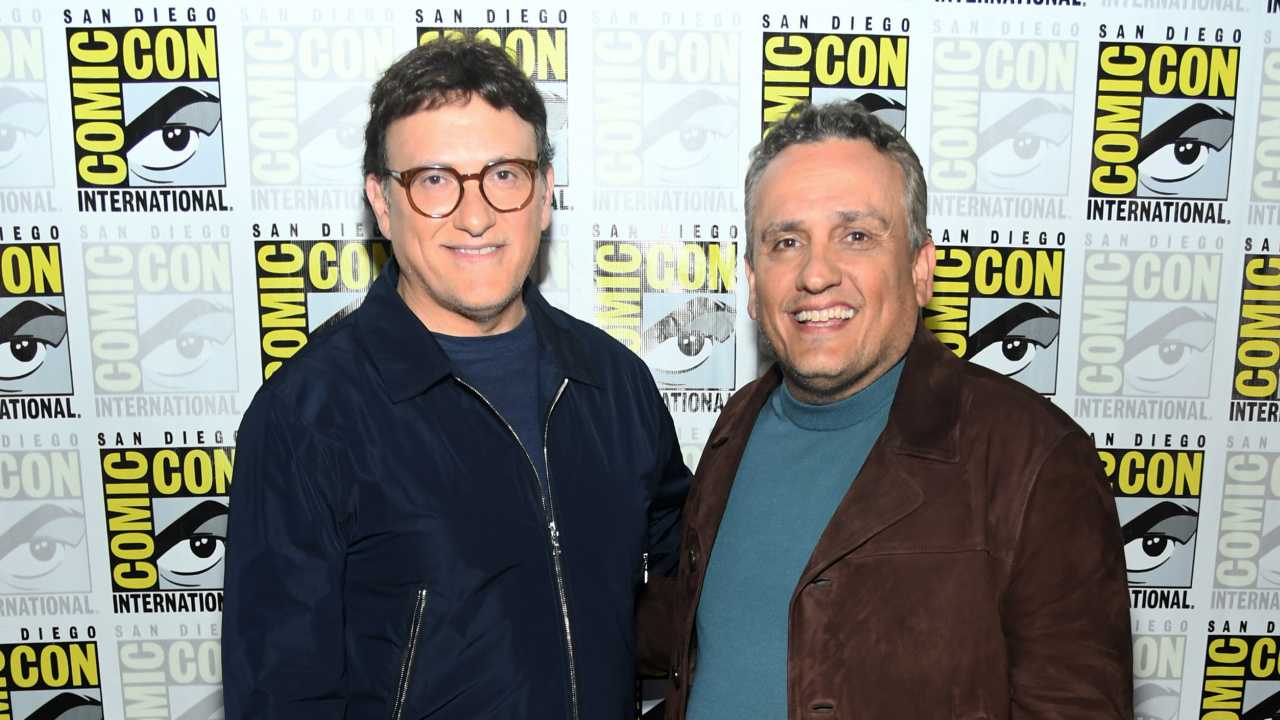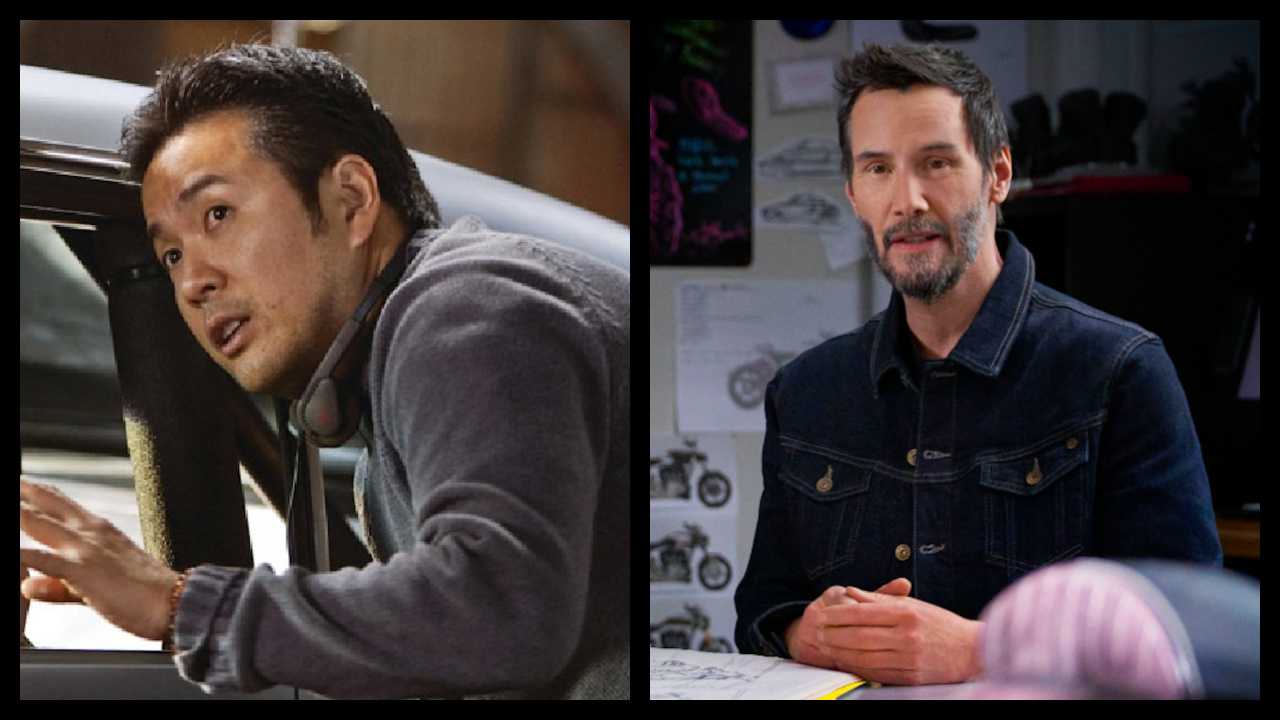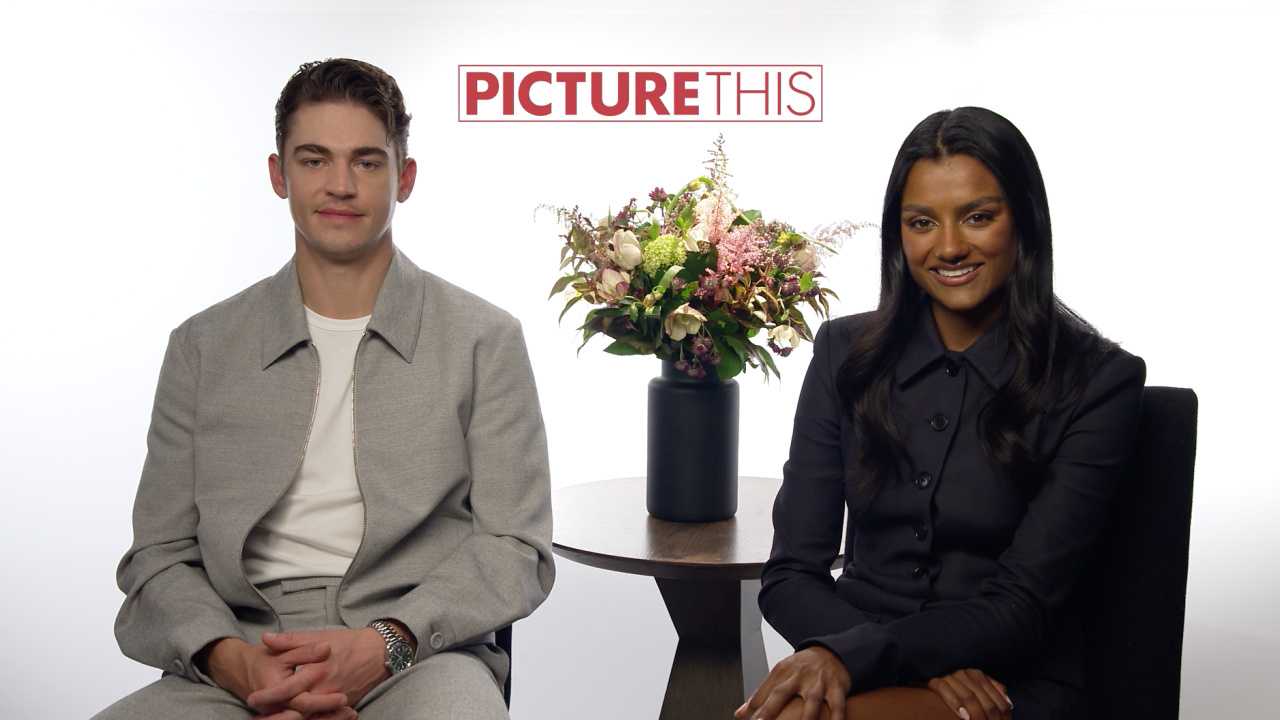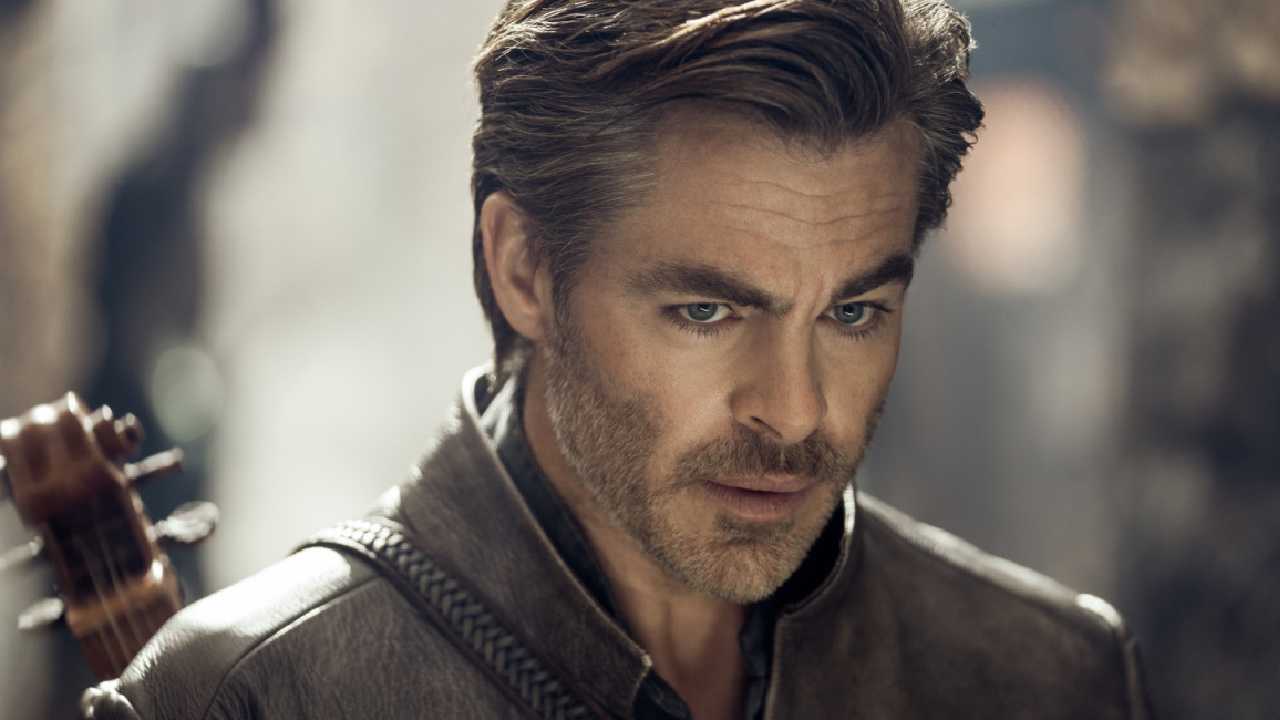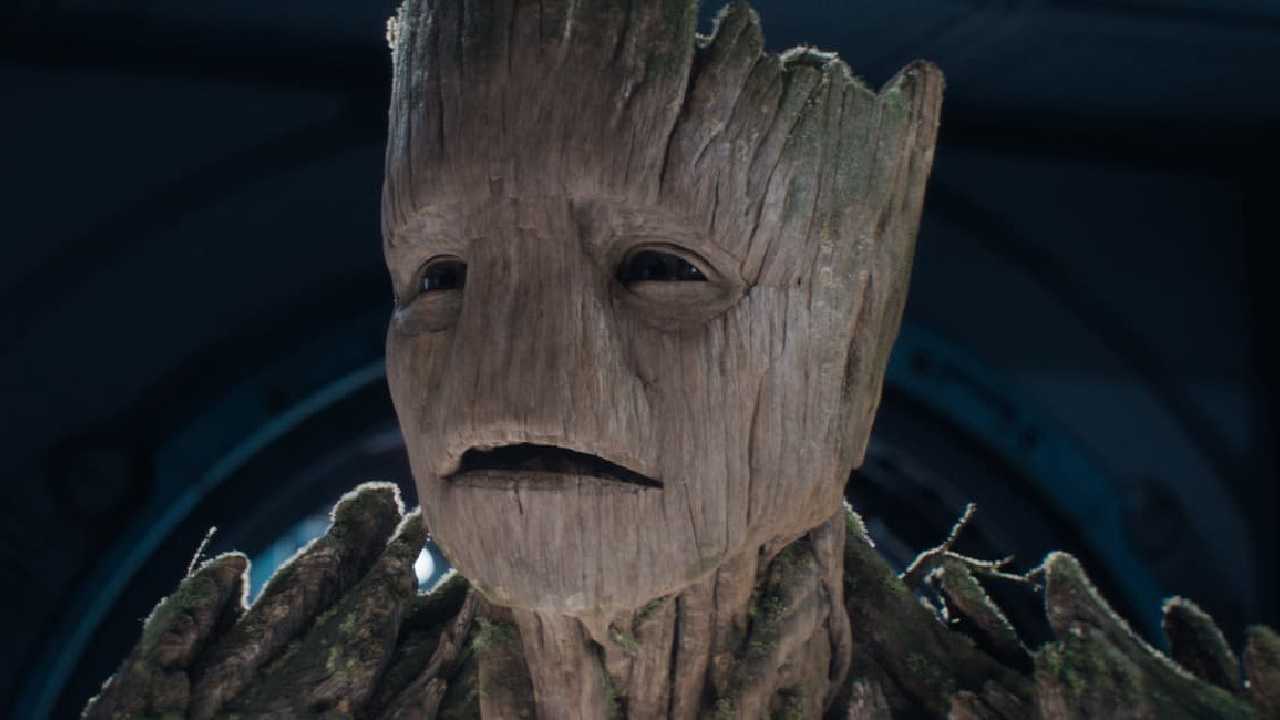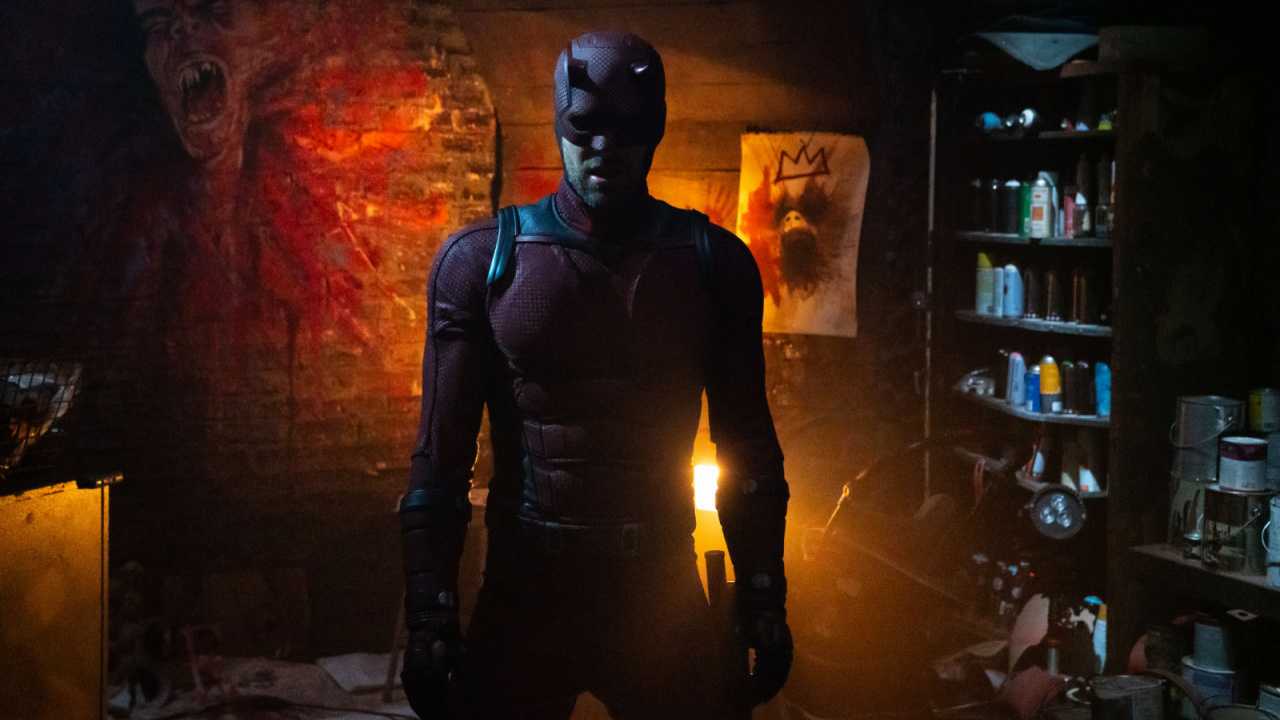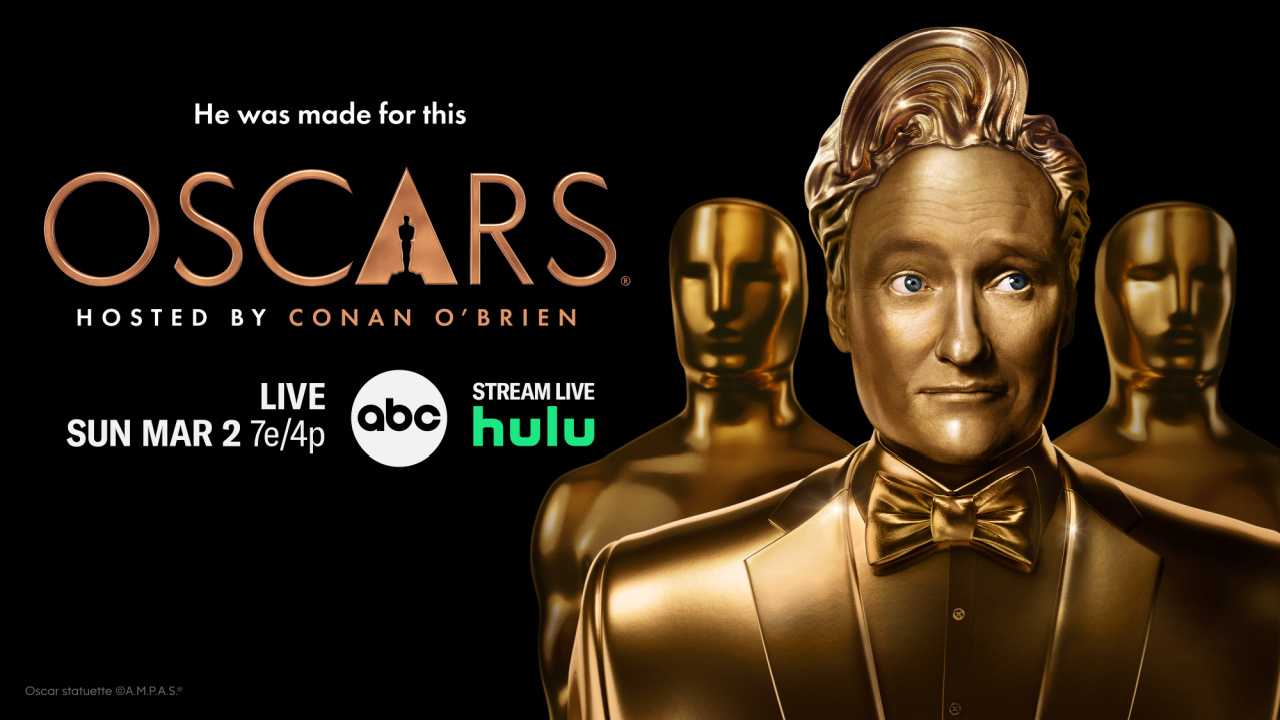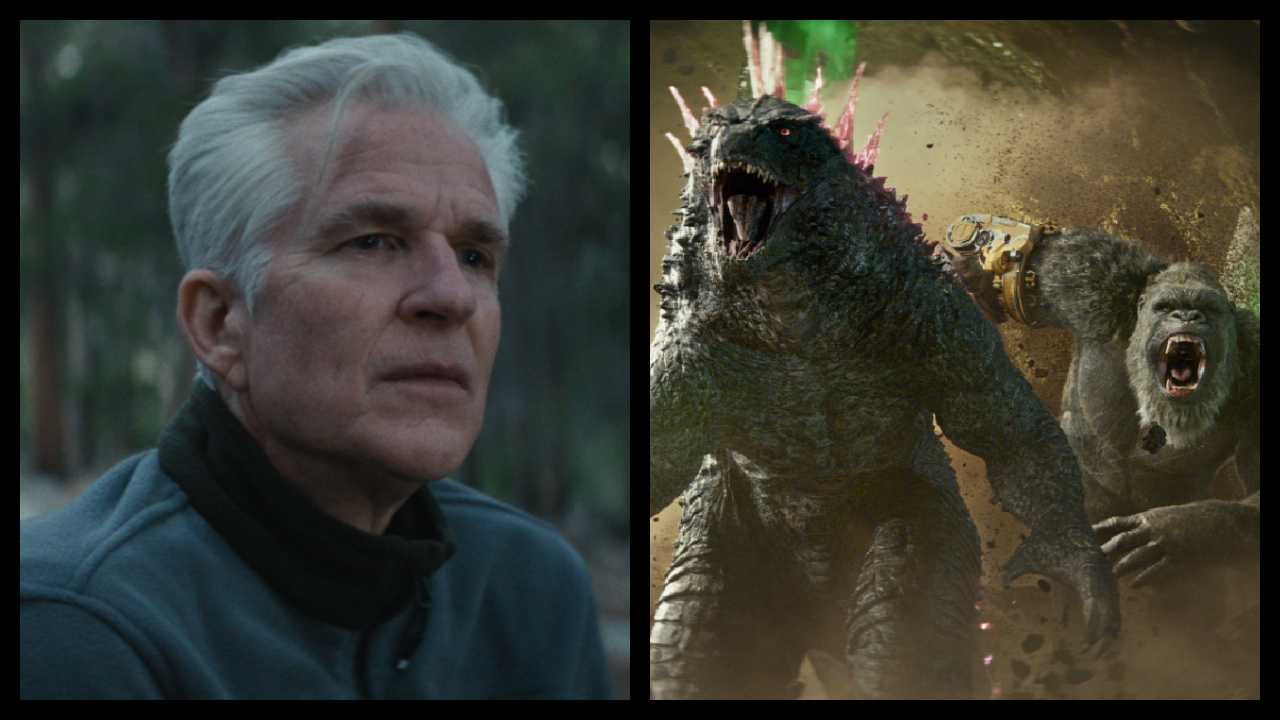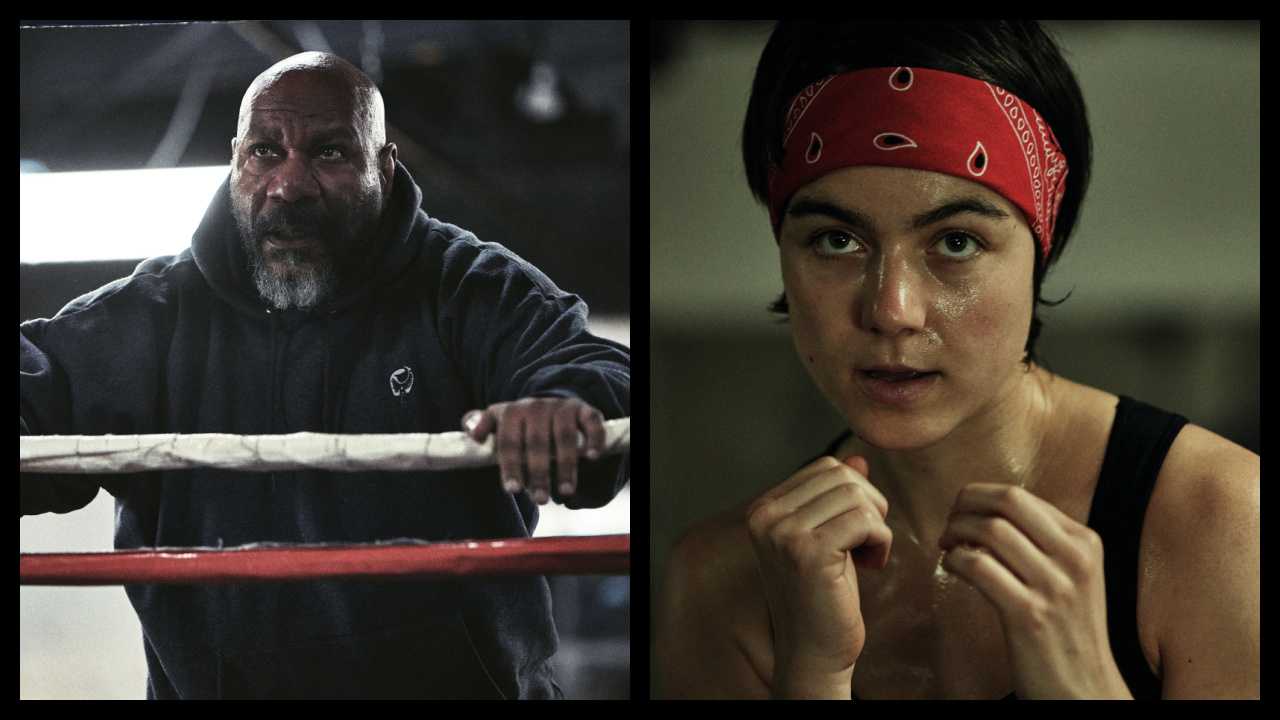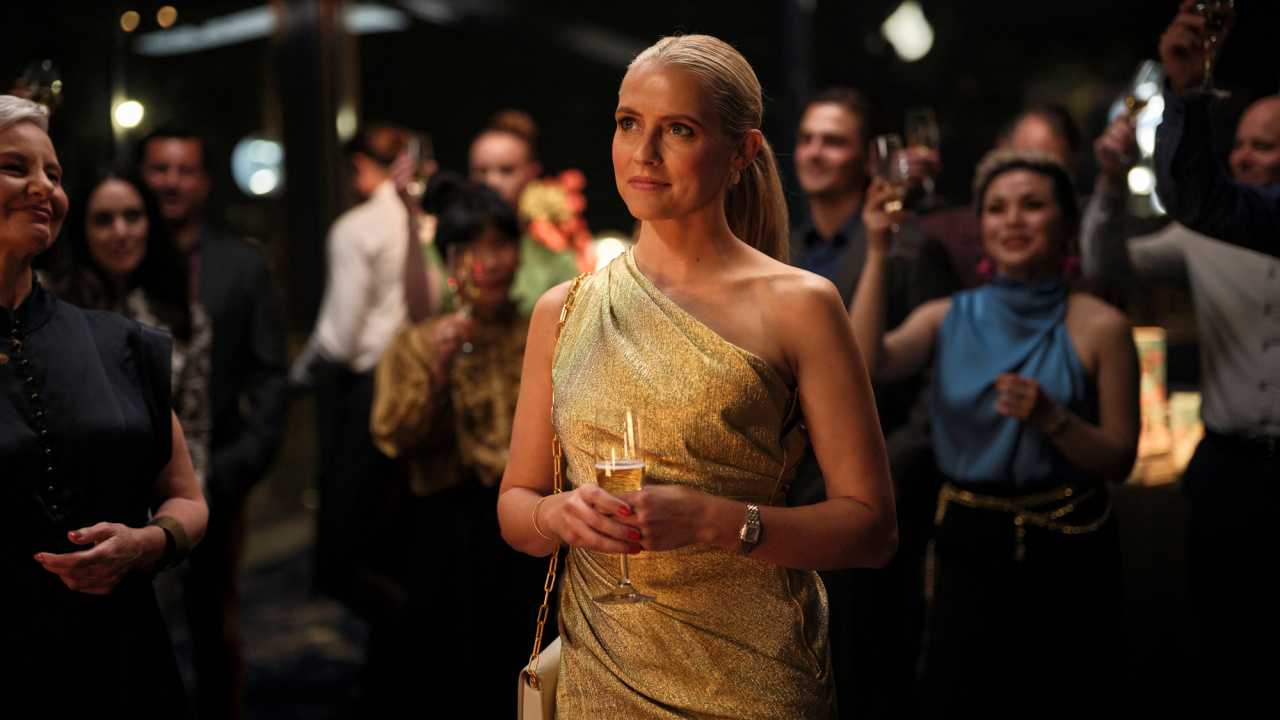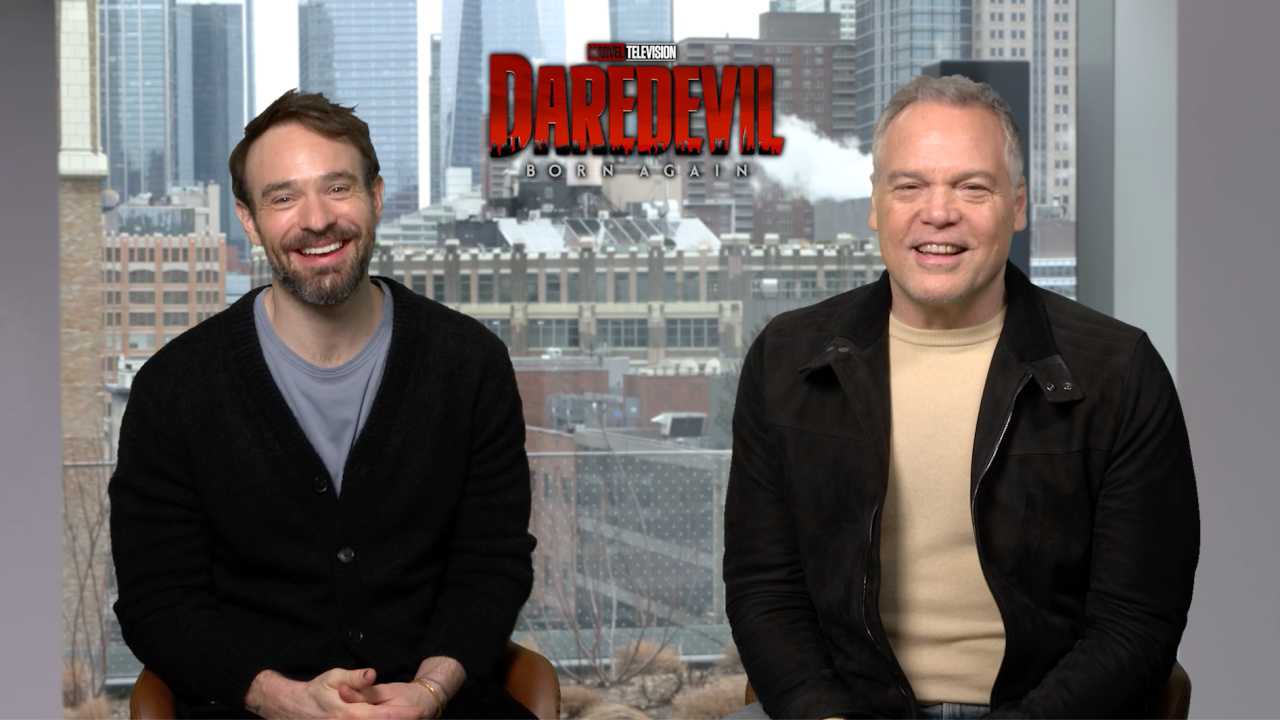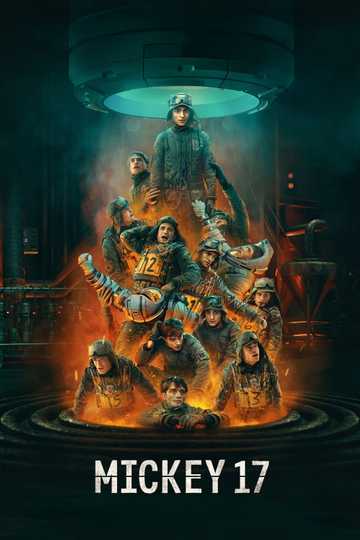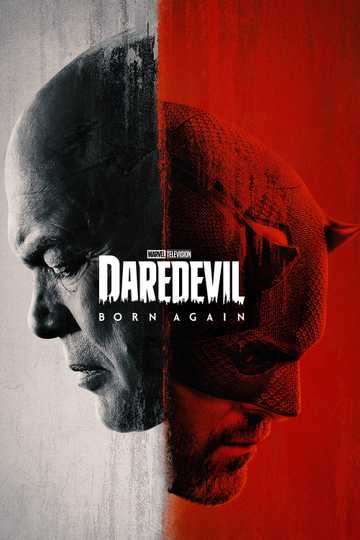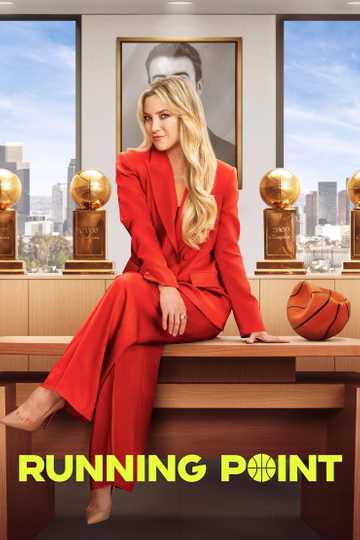22 Things You Never Knew About 'Blade Runner'
Given how vastly influential "Blade Runner" has been over the 35 years since its release (on June 25, 1982), it's hard to remember that the movie wasn't a hit. Neither critics nor audiences were certain what to make of Ridley Scott's visionary adaptation of a mind-bending Philip K. Dick novel; nor were they used to seeing Harrison Ford get his ass kicked.
Still, "Blade Runner" was a milestone, one that created the template for how movies would visually depict the urban future, introduced Dick's brain-twisting storytelling to movie audiences (making possible the likes of "Total Recall" and "Minority Report"), and offered early career boosts to such actors as Sean Young, Daryl Hannah, and Edward James Olmos. Now, with a sequel on the horizon (October's "Blade Runner 2049"), it's worth going back to learn how Scott, Ford, and the rest of the "Blade Runner" team overcame personal differences and pre-CGI effects challenges to create a lasting vision of the future.
1. Dick's novel "Do Androids Dream of Electric Sheep?" drew Hollywood interest when it was published in 1968. At one time, Martin Scorsese hoped to direct it. It would take 14 years before Dick would see a screenplay that didn't make him want to punch the screenwriter in the face.
2.Hampton Fancher, who wrote a Dick-approved script, got the title from William S. Burroughs' book "Blade Runner: A Movie," an adaptation of Alan E. Nourse's novel "The Bladerunner." Neither book had anything to do with Dick's story, but Ridley Scott liked the name so much he optioned the film rights just to keep the title.
3. Scott had already turned down the project once; instead, the "Alien" director had been developing a version of Frank Herbert's sci-fi epic "Dune." When that fell through, he returned to "Blade Runner."
4. Harrison Ford wasn't the first or second choice to play replicant-hunting detective Rick Deckard. Initially, Fancher wrote the part with Hollywood legend and film noir veteran Robert Mitchum in mind. Scott spent months meeting with Dustin Hoffman, but the actor ultimately declined.
5. Many other stars were on the short list, including Sean Connery, Clint Eastwood, Gene Hackman, Tommy Lee Jones, Paul Newman, Jack Nicholson, Al Pacino, Burt Reynolds, and Arnold Schwarzenegger (who'd eventually play the lead in the Dick-derived "Total Recall"). Ford got the part on the recommendation of Steven Spielberg, who'd just finished directing him in "Raiders of the Lost Ark."
6. The movie's striking visuals, which have influenced so many movies made since, drew inspiration in turn from Fritz Lang's silent classic "Metropolis" (another futuristic nightmare where the wealthy live in towers while the workers live below), French comic-book artist Moebius, and "Nighthawks" painter Edward Hopper.
7. For antagonist Roy Batty, Scott cast Rutger Hauer without ever having met him; he simply knew he wanted the Dutch actor after having seen him in several Paul Verhoeven movies.
8. The eerie, atmospheric, layered, neon-lit look of the film was created in-camera, using a technique called multipass exposures. A scene would be shot with the camera guided by a computer; then the film would be rewound and re-exposed as the computer guided the camera along an identical path, but with new lighting or new visual elements introduced. Some scenes used as many as 16 passes.
9. Ford and Scott have both acknowledged that they clashed often on set. Scott has chalked this up to his own inexperience as a feature film director ("Blade Runner" was his third movie), dealing with a leading man who was a 15-year Hollywood veteran with several landmark movies on his résumé. For his part, Ford grumbled about having to shoot 50 straight nights in the rain.
10. What really irked Ford, though, was recording the voiceover narration, which was forced on the filmmakers by panicky producers after test-screening audiences found the movie confusing.
11. Ford thought the voiceover dialogue, meant to evoke the classic film noir movies that had been inspirations for "Blade Runner," dumbed down the film, and he called recording the narration a "f***ing nightmare."
12. Dick was just 53 when he died of a stroke in March 1982, three months before the first film based on his work was released. But he got to see about 20 minutes of "Blade Runner" and praised the sets, effects, and Hauer's appearance as exactly what he'd had in mind.
13. Today, the "spinners," the flying cars (above), would probably be created digitally, but for "Blade Runner," Scott's production crew built life-size spinners that weighed several tons each. To simulate flight, they were hoisted by cranes. The constant rain effects helped hide the cables.
14. If the footage at the very end of the movie, with its helicopter shots of an idyllic countryside, look familiar, that's because they're leftover second-unit footage from "The Shining," which Scott obtained from Stanley Kubrick.
15. Producer Alan Ladd, Jr. picked June 25 as the release date for "Blade Runner" because the 25th of the month had proved lucky at the box office for two of his previous sci-fi releases, "Star Wars" and "Alien."
16. "Blade Runner" cost at least $23 million to make; some sources say $28 million. It made back just $27.6 million in North America.
17. The release date turned out to be not so lucky after all, since it came at the tail of a month-long sci-fi glut that included "The Road Warrior," "Star Trek II: The Wrath of Khan," "E.T.: The Extra-Terrestrial," and "The Thing."
18. The Academy nominated "Blade Runner" for two Oscars, for art direction and visual effects. Incredibly, it lost both, the former to "Gandhi," the latter to "E.T."
19. There have been at least seven different cuts of "Blade Runner" put forth before the public over the years. The three best known versions start with the initial domestic cut, with the voiceovers and countryside ending. Then there was the 1992 "Director's Cut," with the voiceover and countryside footage removed, for a more ambiguous telling of the story. Despite the name, however, Scott has said his involvement in this release was minimal. He eventually oversaw a fully restored print of the film cut to his liking, the 2007 "Final Cut," which includes some violent scenes previously shown only to international audiences, as well as the full-length unicorn dream sequence that suggests Gaff (Olmos) believes Deckard to be a replicant.
20. The Domestic Cut and Director's Cut left it up to the viewer to decide whether Deckard was himself a replicant or a natural-born human. Ford himself believed Deckard to be human, but in 2007, Scott said he'd always considered Deckard to be a replicant.
21. In a 2001 online chat with fans, Hauer called "Blade Runner" his favorite among his own films. As he put it, "'Blade Runner' needs no explanation. It just IZZ. All of the best. There is nothing like it. To be part of a real MASTERPIECE which changed the world's thinking. It's awesome."
22. Scott and Fancher spent years trying to develop a sequel or prequel to "Blade Runner." After several abortive attempts, we're finally getting one this October. Directed by "Arrival's" Denis Villeneuve, "Blade Runner 2049" will be set 30 years later, with Ryan Gosling in the lead role and an appearance by Ford.
Blade Runner


